MARKET OVERVIEW
Global AI-Powered Surveillance Systems market, and the entire industry is related to artificial intelligence integration with security and monitoring technologies. This is going to be a revolution for governments, enterprises, and institutions in how surveillance is approached using AI-driven capabilities to increase efficiency, accuracy, and response time. The continuous learning, adapting, and pattern identification capabilities are not something a human operator could do in these AI-powered systems, which does not happen with traditional systems, which depend on manual monitoring and predefined rules.
This industry is characterized by the integration of AI algorithms with high-definition cameras, biometric authentication, behavioral analytics, and real-time data processing. The integration of machine learning enables systems to differentiate between normal and suspicious activities, reducing false alarms and ensuring security teams focus on genuine threats.
Facial recognition, object detection, and predictive analytics are forming a new standard in surveillance to identify people, vehicles, and unusual behaviors faster and more precisely. AI-based video analytics also aid law enforcement agencies, traffic management authorities, and corporate security departments in taking data-based decisions. The market cuts across several sectors such as government facilities, critical infrastructure, retail, transportation, and finance institutions.
AI-powered surveillance for public spaces and improvement in city planning and enhanced efforts of the law enforcement. AI-driven system used in airport and transit for the detection of unattended luggage, tracking people movement, and increasing passenger security. In a commercial space, business uses smart surveillance to combat theft, check the behavior of the customer, and optimize a store layout. The banking and financial sector incorporate AI in surveillance to detect fraud, monitor the usage of the ATM, and ensure regulatory compliance.
AI-powered surveillance is also popular in health facilities, as the intelligent monitoring system helps protect patient safety and eliminate unauthorized entry to restricted zones of hospitals and other medical institutions. Industrial and manufacturing units install AI-based security surveillance to ensure workplace safety for their workers, proper functioning of their equipment, and adherence to existing workplace legislations. Defense and military establishments install AI-based surveillance systems for their border protection purposes, to observe drones, identify threats, and enhance national defense mechanisms. The technological underpinnings of AI-powered surveillance are changing day by day and deep learning models are constantly learning and improving upon their capabilities.
Edge AI that processes data and information directly in devices rather than in centralized servers will further accelerate real-time monitoring, reduce latency, and remove network congestion. AI-powered sensors, thermal imaging, and multimodal analytics would further improve accuracy in surveillance.
The integration of AI with cloud computing and blockchain technology is expected to address concerns related to data privacy, cybersecurity, and evidence authentication. It would be a tough ride for the market, though-the regulations of its governments would take the form of data protection laws and ethical guidelines for AI-driven surveillance. The future regulatory framework will be colored by public concerns about privacy and misuse of facial recognition technology. Transparency, accountability, and responsible AI development are critical in determining the adoption of these systems across industries.
The increasing advancement of AI-powered surveillance puts the market on the verge of redefining security operations globally. The merging of intelligent algorithms with high-tech monitoring solutions will set new standards for safety and operational efficiency. The coming years will see an increasingly interconnected surveillance infrastructure, with AI-driven insights contributing to faster threat detection, streamlined investigations, and enhanced situational awareness.
Global AI-Powered Surveillance Systems market is estimated to reach $36,211.18 Million by 2032; growing at a CAGR of 23.7% from 2025 to 2032.
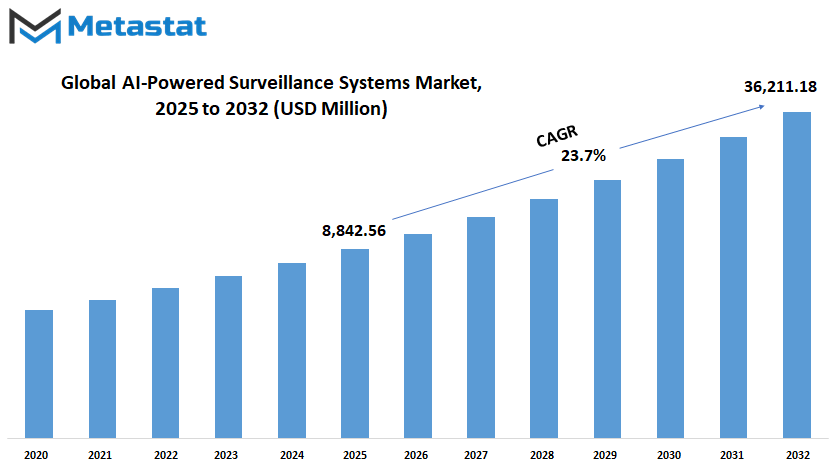
GROWTH FACTORS
The Global AI-Powered Surveillance Systems market is experiencing growth in terms of size because of the progressive changes in demands for security around the world. As the nature of threats became more complex with the passage of time, security requirements evolved for real-time observation and proactive alerts against threats that have led the industries to spread AI-driven surveillance.
Organizations and businesses are utilizing AI-powered systems for betterment in surveillance facilities due to a growing complexity in threats. These systems not only reduce human errors but also bring down response time, which make them a prerequisite for ensuring safety in public spaces and assets. A major driving force behind this market growth includes the increasing concerns over security of smart cities, public spaces, and businesses.
With increasing interconnectedness of the urban space, the demand for advanced surveillance systems is increasing rapidly. AI-powered systems offer intelligent analytics, facial recognition, and behavior prediction, enabling authorities to detect potential threats before they escalate. This capability is particularly crucial in densely populated regions where maintaining security is a challenge. Businesses, too, are investing in AI surveillance to protect their assets, monitor employee activities, and enhance operational efficiency.
Despite these advantages, some challenges may slow the adoption of AI-powered surveillance systems. High implementation costs and technical complexities remain significant barriers, especially for smaller enterprises with limited budgets.
Implementing AI-driven security infrastructure demands a high amount of investment in hardware, software, and skilled personnel. Further, the usage of surveillance data is regulated very strictly and hence creates a limit on its deployment. The government and the regulatory bodies keep on imposing new restrictions to avoid the misuse of AI surveillance and this creates a thin line between security and privacy rights. Further prospects for the market are offered with the integration of AI surveillance into IoT and cloud-based solutions.
This allows connecting surveillance systems to smart devices and cloud platforms in real-time for data sharing, improved analytics, and remote monitoring. The development will further open up for scalable and efficient security solutions for adaptation in varied environments.
As technology advances, AI-powered surveillance will be more accessible, cost-effective, and efficient, making it a crucial component of future security frameworks. Global AI-Powered Surveillance Systems market would witness steady growth as demand surges across industries. Though high costs and stringent regulatory restrictions form a challenge, the advancement of AI, IoT, and cloud technology would further help to bypass these challenges.
As businesses and governments look forward to more robust and intelligent security solutions, the role of AI-powered surveillance systems will be inevitable in shaping the future of safety and monitoring all over the world.
MARKET SEGMENTATION
By Type
The Global AI-Powered Surveillance Systems market will see tremendous growth in the future. It is going to revolutionize the security approach for different sectors. Higher demand for effective and intelligent security solutions will push the implementation of advanced AI-based technologies. Most importantly, this market is expanding various types of surveillance systems with diverse features, one of which may be unique enough to fulfill some specific security need.
Among all types, Video Analytics Surveillance Systems will be most used. The video analytics system is used to analyze the real-time video where suspicious activities can be identified and monitored, traffic monitored, and crowd control managed. The video analytics system will continue to be improved and, as technology advances, the accuracy of detection and identification of threats increases while response time decreases with proactive security rather than reactive security.
Based on analyzing and comparing features on the faces, it provides the identification in real-time for any person. The feature may be applied broadly over public safety, security surveillance over airports and enforcement of laws. The technology shall improve itself over time along with its relevance expanding further; may become something which is simply expected in various routine security applications.
Behavior Detection Surveillance Systems will allow for the identification of anomalous behavioral patterns that would then suggest a threat. When integrated with other AI-based technologies, the idea of such surveillance will create a safe environment in congested public arenas or at the very least, high-security levels. It is applied towards an early intervention towards an overall safety measure to identify unusual activity before it becomes a grave event.
Object Recognition Surveillance Systems will enhance the market further. As AI identifies and tracks different objects, these systems will provide increased situational awareness and allow for more efficient monitoring of environments. Such surveillance will be critical in retail, logistics, and public infrastructure, where inventory tracking or public space monitoring is critical.
License plate recognition surveillance systems will be very useful in traffic management and the maintenance of safety in parking areas. Authorities can easily trace a pattern through the automatically read plates on vehicles and detect any unusual or illegal activity in a parking lot.
Perimeter Security Systems will make better use of AI to facilitate real-time enhancement in the detection of breaches and intrusions, especially in those locations that demand the most strict security measures for high-risk activities such as at military installations and government buildings.
The Integrated Surveillance Systems will combine different AI-powered technologies in a one-stop solution for businesses, governments, and other entities requiring comprehensive security coverage. This system will ensure coordination between the different types of surveillance, making the approach more thorough and efficient in maintaining security.
With these developments, the Global AI-Powered Surveillance Systems market will grow continuously with the value of USD 2,521.39 million in 2024 for Video Analytics Surveillance, USD 1,421.51 million for Facial Recognition, USD 722.71 million for Behavior Detection, USD 1,430.52 million for Object Recognition, USD 358.80 million for License Plate Recognition, USD 349.69 million for Perimeter Security, and USD 356.96 million for Integrated Surveillance. This will be an intelligent, hyper-connected security space, where AI will play the most crucial role in safeguarding public and private spaces.
By Application
The Global AI-Powered Surveillance Systems market has gained much attention lately. This is in light of the growing need for improved security among various sectors. With continued advancements in technology, AI-powered surveillance systems are very essential tools for key infrastructure monitoring and safeguarding public spaces and private properties.
Such systems employ state-of-the-art artificial intelligence for the analysis of big data in real-time; therefore, a threat can be discovered more effectively and in shorter periods of time compared to standard surveillance. While moving into the future, more and more sectors benefit from this integration of the systems.
Smart cities will probably be the area where AI surveillance systems play an important role. As cities get more crowded with people, city management and securing the place are becoming much tougher. It is going to become much easier for city planners and authorities to watch traffic and regulate public space by managing their presence and making it safe for people. These systems can recognize patterns-like traffic congestion, or suspicious activity-and notify officials before such problems escalate. Also, data accumulated will assist in the better infrastructural planning by city officials, improving public safety measures.
These systems will find tremendous application in the transportation and logistics sectors also. AI would track goods movements, vehicles movements, even humans, thus, making transportation and logistics smooth, secure. This will enable the analysis of real-time data from cameras and sensors, thus allowing for faster decision-making, better response times in emergencies, and the prevention of accidents or theft. The integration of AI in this field will lead to smarter, more efficient logistics operations, saving both time and resources.
In defense and border security, the potential for AI-powered surveillance systems is even more pronounced. Such systems will be more sensitive to borders, military establishments, and other sensitive areas; thus, there will be greater detection of possible threats from afar.
AI is capable of processing data from several sources, such as drones, cameras, and satellites, hence allowing authorities to better predict and respond to breaches in security at unprecedented levels. Such systems will increase the possibility of national security Protection and curbing unlawful activities.
Retail and commercial space is also likely to benefit from AI surveillance systems. These technologies will be used for monitoring the behavior of customers, detecting shoplifting, and ensuring the safety of employees and patrons. Beyond enhancing security, AI-powered systems will also offer businesses valuable insights into customer preferences, helping them tailor marketing strategies and improve overall customer experiences.
AI surveillance for industrial facilities will enable real-time monitoring of machines, equipment, and employees. It will improve safety but also provide better resource management and maintenance planning. Downtime will be significantly reduced as the system detects potential hazards before they occur, thereby increasing operational efficiency.
AI-driven surveillance in healthcare and education sectors will increase security without compromising on privacy standards. Such systems will be able to monitor premises for safety concerns, detect any unauthorized access, and ensure that students, patients, and staff are secure in their environments. AI will also prevent cyberattacks and secure sensitive data with the increased use of digital platforms in both sectors.
The last application will be for residential complexes where AI-powered surveillance systems will increase in adoption to ensure advanced security solutions for homes. Such systems will provide residents with smart security features such as facial recognition, motion detection, and remote monitoring, which are easier to utilize for the home’s security.
In the future, Global AI-Powered Surveillance Systems will continue to expand and grow in a host of applications. Moving forward, the ability of such technology in our cities, businesses, and homes continues to be safer, more efficient, and secure. As the AI continues to process and scan vast systems of data, the future of surveillance promises to be smarter and more responsive than ever.
By End User
The Global AI-Powered Surveillance Systems market is expanding rapidly and is projected to continue growing as technology advances and the demand for advanced security systems grows. Such AI-powered systems utilize artificial intelligence to maximize the capabilities of surveillance, making it much easier to monitor and analyze data in real-time. As further safety, privacy, and efficiency in terms of security concern arise, many industries are adopting this system to ensure proper monitoring, response, and general security.
By peering through a futuristic window of the market, we should be able to find further innovations and widespread implementation in different fields. AI surveillance systems will increase due to its efficiency and its ease of incorporation into already installed security infrastructures. For example, by 2030, AI surveillance systems are expected to be standard equipment across different sectors for better safety and operational effectiveness.
The largest consumers of AI surveillance systems are government agencies. Their role is vital in public safety, and with AI, it will be faster to identify threats and make precise data analysis that can be essential in the crowd control situation or crime prevention. In due course, the reliance of government agencies on such systems will be greater, using them to manage and analyze public spaces more effectively.
Transportation authorities are also embracing AI-powered surveillance systems, especially with the rise in smart city projects and the growing need for enhanced traffic monitoring. Such systems will help not only in tracking traffic patterns but also in improving the management of public transportation networks. In the future, AI could even be integrated into autonomous vehicles for real-time traffic management and surveillance.
Retail chains will be another huge area whose executives will benefit from these AI surveillance systems. Due to the increases in e-commerce and brick-and-mortar competitors, retailers will use these systems for improving customer experience, reducing theft, and streamlining their inventory management. These systems can therefore predict shopping behaviors and optimize store layouts, meaning that customers and businesses will benefit along with time.
Manufacturing industries will increasingly adopt AI-powered surveillance systems to improve safety and monitor production processes. The systems will identify hazards and inefficiencies, thereby making the work environment more streamlined and safe. Moreover, AI can help manufacturers track machine performance, allowing for predictive maintenance that reduces downtime.
The new AI surveillance systems will offer unprecedented levels of monitoring in healthcare institutions. From patient behavior tracking to the proper functioning of medical equipment, the market will see growth in AI solutions designed to enhance the safety and efficiency of healthcare services.
Residential property management will also adopt AI surveillance in the near future. As smart homes become increasingly prevalent, AI-based security systems will provide homeowners with more personalized and responsive safety measures. These systems may be integrated with other smart home technologies to create an even safer living environment.
For educational institutions, especially large campuses, AI-powered surveillance will be essential in ensuring the safety of students, staff, and visitors. In the future, AI can help track crowd movements, identify unusual activities, and provide a quicker response to emergencies.
By Sales Channel
In the last few years, the market for Global AI-Powered Surveillance Systems has seen significant changes and will expand further in the future as novel technologies are discovered. With an upsurge in security and surveillance requirements, AI proved to be the future game-changer.
The capability of AI as a technological advancement toward enriching the monitoring and detection system made it an essential constituent in securing both public and private areas. At a future date, the market will take a different turn by proving to be more efficient, cost-effective, and intelligent with respect to surveillance solutions.
In this context, sales channels play an essential role in how these systems are delivered and integrated into different environments. The Global AI-Powered Surveillance Systems market is divided into various sales channels, including Direct Sales, System Integrators, Value-Added Resellers (VARs), Online Retailers, Distributors, and Original Equipment Manufacturers (OEMs). Each of these channels will have a distinct role in how the systems reach the customers and how the technology will advance over time.
Direct sales channels will remain important since businesses, government agencies, and private institutions tend to purchase directly from manufacturers. This way, they can ensure control over the installation, customization, and integration of the AI-powered surveillance systems to meet their specific needs. As customization options continue to increase, direct sales will serve clients who require highly customized surveillance solutions.
Future of the Market
System integrators are going to be very influential in the future market. This is because system integrators specialize in the integration of AI-powered surveillance systems into existing infrastructure, which make them more effective. In light of efficiency needed within organizations, system integrators will provide a more seamless and complex way of embedding these enhanced systems within the security framework. Their expertise will enable businesses and governments maximize the utilization of available technologies and the operation of the systems effectively by applying them in several use cases.
Value-Added Resellers will remain an important link between the manufacturers and the end-users. Value-added resellers sometimes deliver additional services and support to the sales package with an AI surveillance system, adding value to the product. In the future, VARs may offer more advanced solutions that will provide clients with tailored systems of surveillance that will specifically cater to their needs.
Another trend that will shape the market in the coming years is the rise of Online Retailers. As e-commerce continues to grow, more customers will likely turn to online platforms for purchasing AI-powered surveillance systems. Online retailers will provide a wider range of products, with easy access to user reviews, detailed specifications, and competitive pricing, allowing customers to make informed decisions.
Even if distributors remain significant in taking the AI-powered surveillance systems to wider markets, partnerships with a plethora of manufacturers through distributors will facilitate these systems into more widespread market coverage in any region. Thus, distributors play a significant role in market outreach and penetration through advanced surveillance technologies to various kinds of businesses of all sizes.
The OEMs will continue playing a major role. Many AI surveillance systems are implemented as a part of other industries’ products. This trend, like the demand for more smart home devices or interconnective products, will only continue to expand and become even stronger in the near future. OEMs will, therefore remain at the core of the future of the market by offering assured full integration of AI surveillance technology into almost every device and platform.
As the Global AI-Powered Surveillance Systems market continues to evolve, these sales channels will therefore continue to adapt to changing consumer demands. Each one will thus have a different value proposition and continue driving innovation in support of ensuring that the market remains dynamic. It is critical that AI-Powered Surveillance Technology forms new collaborations to ensure the future of people using cutting-edge security solutions within their countries.
|
Forecast Period |
2025-2032 |
|
Market Size in 2025 |
$8,842.56 million |
|
Market Size by 2032 |
$36,211.18 Million |
|
Growth Rate from 2024 to 2031 |
23.7% |
|
Base Year |
2024 |
|
Regions Covered |
North America, Europe, Asia-Pacific, South America, Middle East & Africa |
REGIONAL ANALYSIS
Global demand for AI-Powered Surveillance Systems is growing aggressively. The increasing influence of modern technology has added momentum to these AI-driven tools in surveillance sectors. Enhanced security measures and high demands for surveillance systems in terms of real-time monitoring in an urban and a rural setting continue to fuel significant growth in market demand. Further, the years to come shall see a notable growth in terms of the sum total of markets developing in a unique manner of contribution from respective regions.
The three countries in North America, which are the United States, Canada, and Mexico, are driving the adoption of AI-powered surveillance systems. Among these, the United States remains one of the largest markets for AI-based security solutions because it is keen on technological advancements and has robust infrastructure.
AI-powered surveillance systems are widely used in sectors such as law enforcement, healthcare, transportation, and critical infrastructure. The market in Canada and Mexico is also on a growth trajectory but at a slower pace because the governments and businesses are now starting to explore the benefits of AI surveillance in serving them in improving public safety and streamlining operations.
Europe is another major player in the global market. Countries such as the United Kingdom, Germany, France, and Italy are investing heavily in AI surveillance to create a safer public environment through improved security in airports, train stations, and shopping malls. The emphasis is on innovation with regard to facial recognition, anomaly detection, and predictive analytics. Growing urbanization and government policies to take safety measures are also on the side of improving AI-based surveillance. The rest of Europe is witnessing a growth of AI-powered surveillance. Other nations such as Spain, Sweden, and the Netherlands are now in the process of implementing similar technologies.
The fastest growth is coming from the Asia-Pacific region with China, India, Japan, and South Korea at the lead. China, for instance, has emerged to become the leader globally in the field of surveillance technologies. Cities and rural areas alike have begun incorporating AI systems. The government's policies to improve public safety and infrastructure for surveillance have greatly contributed to this growth.
India and Japan are also adapting to AI surveillance, but the pace is not the same for both countries. In India, the adoption of AI surveillance has been driven by the need to improve security in densely populated cities, while Japan is focused on integrating advanced technology into its well-established security systems.
South America is slowly, but surely, seeing the introduction of AI-based surveillance systems by countries such as Brazil and Argentina. Though it is not yet as widespread as in other parts of the world, governments and private organizations are slowly coming to realize the utility of AI technology in improving public safety and decreasing crime rates.
The Middle East and Africa are also witnessing increasing interest in AI-powered surveillance, with countries like South Africa, Egypt, and the Gulf Cooperation Council (GCC) countries exploring the implementation of these systems. These regions are looking to AI to address challenges related to urbanization, safety concerns, and crime prevention.
As the global AI-Powered Surveillance Systems market continues to grow, it can be observed that every region is implementing and integrating these systems according to its specific needs and priorities. As years progress, with technology advance, we can experience a much higher adoption ratio with innovation happening worldwide.
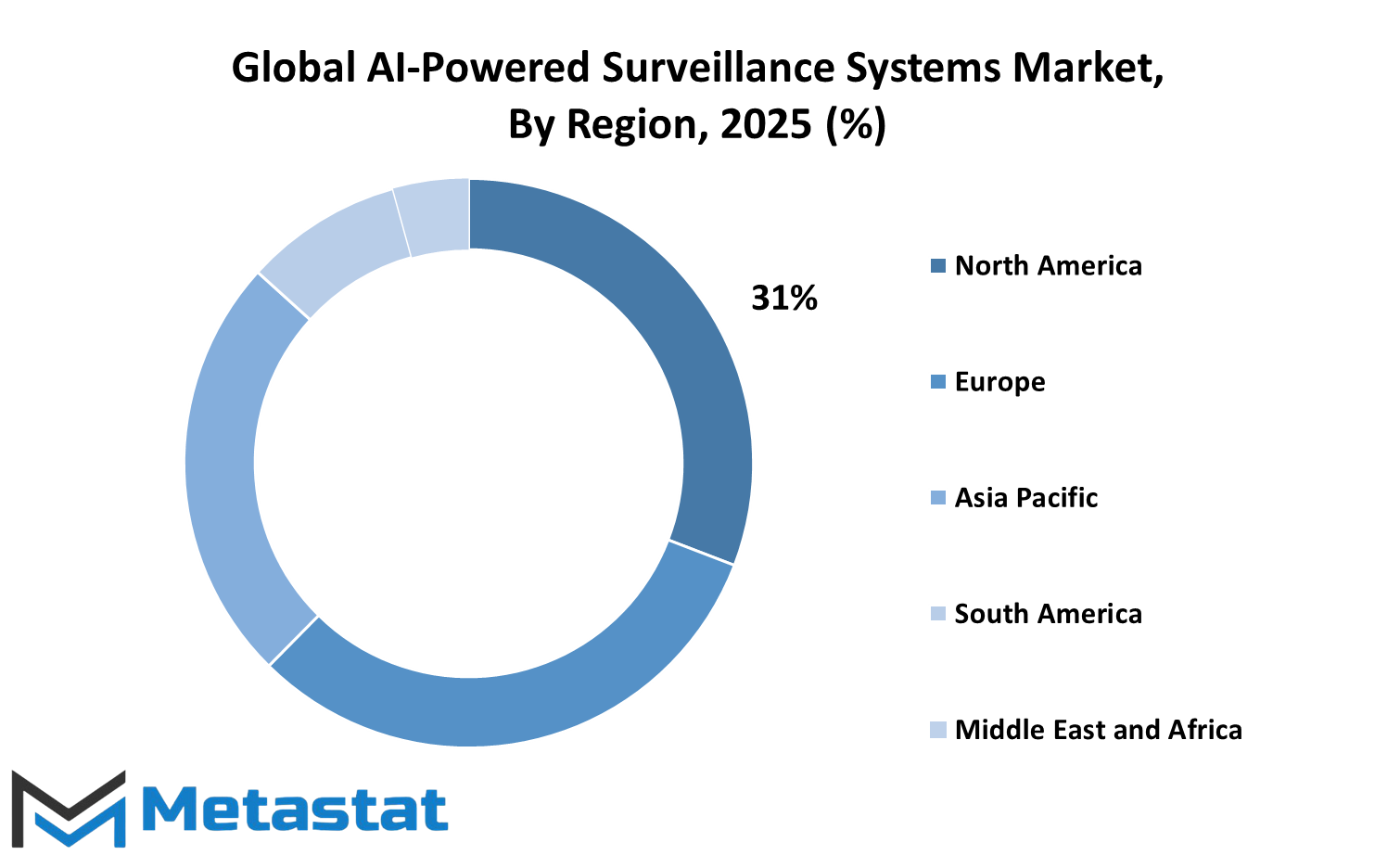
COMPETITIVE PLAYERS
Advances in technology, coupled with ever-increasing demand for security solutions across all sectors, are presumed to trigger growth in the AI-powered surveillance systems market. These AI-powered surveillance systems, with artificial intelligence, machine learning, and data analytics, possess capabilities beyond traditional surveillance solutions. As the need for advanced monitoring continues to increase, it is with these points that the key players in the market are hard at work to innovate and stay ahead of the competition.
Other leaders in the AI-powered surveillance systems market are Honeywell International Inc., Dahua Technology Co., Ltd., Huawei Technologies Co., Ltd., and Bosch Security Systems, which expand their presence in this market. These players have made quite substantial investments in the research and development of the products to offer intelligent solutions for real-time data analysis, facial recognition, and behavior prediction. Their systems are more and more used in urban areas, commercial buildings, critical infrastructures, and public spaces to guarantee safety while minimizing risks.
Milestone Systems A/S and Panasonic Corporation are equally significant players constantly pushing the limits of what is possible with AI-powered surveillance. Their emphasis on the integration of AI with current infrastructure to maximize efficiency and enable seamless, intelligent monitoring systems has drawn attention within the industry. Intel Corporation, a leader in processing technology, also plays its part in advancing AI-powered surveillance solutions by offering the hardware to support these advanced systems.
Motorola Solutions, Inc. and VIVOTEK Inc. are further establishing their market by offering a comprehensive range of products that cater to the different needs of surveillance. From advanced cameras to AI analytics software, the companies are offering solutions that will help businesses, governments, and organizations monitor and analyze security data effectively. Its systems can be integrated with other security measures like access control systems, making them an essential part of modern security infrastructure.
Companies such as Hikvision, Genetec, and IntelliVision will be at the forefront of the development of AI-driven surveillance systems in the future. As the technology of AI advances, so will the capabilities of these systems, which will predict potential threats, automate responses, and deliver even more precise monitoring. This will be fueled by the increasing demand for safer environments in public and private spaces.
As the market for AI-powered surveillance systems grows, the competition among these key players will be heightened. The requirement of cutting-edge technology that ensures both security and privacy protection will challenge companies to work together, invest in research, and embrace new trends to determine the future of the industry. These changes will not only alter how security is managed but also redefine the approach societies have towards safety and surveillance in the coming years.
AI-Powered Surveillance Systems Market Key Segments:
By Type
- Video Analytics Surveillance Systems
- Facial Recognition Surveillance Systems
- Behavior Detection Surveillance Systems
- Object Recognition Surveillance Systems
- License Plate Recognition Surveillance Systems
- Perimeter Security Systems
- Integrated Surveillance Systems
By Application
- Smart Cities
- Transportation and Logistics
- Defense and Border Security
- Retail and Commercial Spaces
- Industrial Facilities
- Healthcare and Education
- Residential Complexes
By End User
- Government Agencies
- Transportation Authorities
- Retail Chains
- Manufacturing Industries
- Healthcare Institutions
- Residential Property Management
- Educational Institutions
By Sales Channel
- Direct Sales
- System Integrators
- Value-Added Resellers (VARs)
- Online Retailers
- Distributors
- OEMs (Original Equipment Manufacturers)
Key Global AI-Powered Surveillance Systems Industry Players
- Honeywell International Inc.
- Dahua Technology Co., Ltd.
- Huawei Technologies Co., Ltd.
- Bosch Security Systems
- Milestone Systems A/S
- Panasonic Corporation
- Intel Corporation
- Motorola Solutions, Inc.
- VIVOTEK Inc.
- IntelliVision
- Hikvision
- Genetec
WHAT REPORT PROVIDES
- Full in-depth analysis of the parent Industry
- Important changes in market and its dynamics
- Segmentation details of the market
- Former, on-going, and projected market analysis in terms of volume and value
- Assessment of niche industry developments
- Market share analysis
- Key strategies of major players
- Emerging segments and regional growth potential




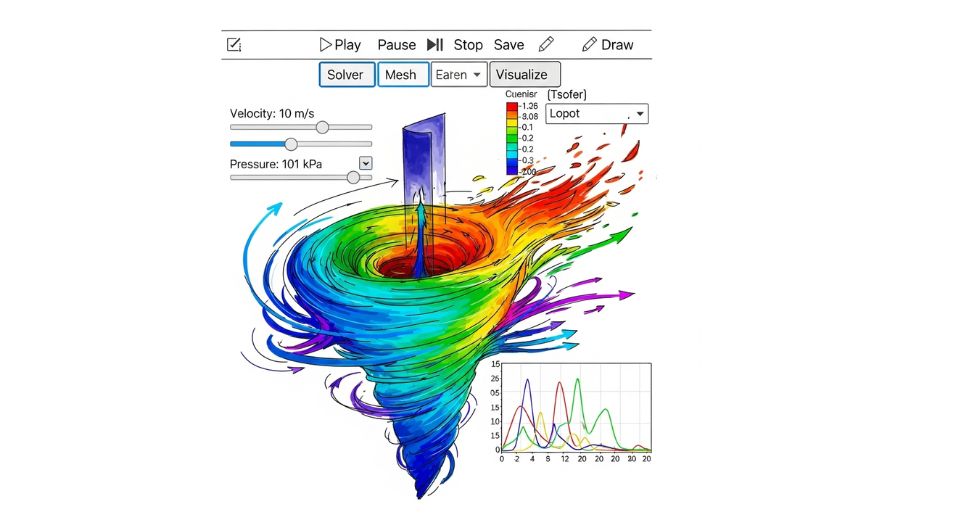
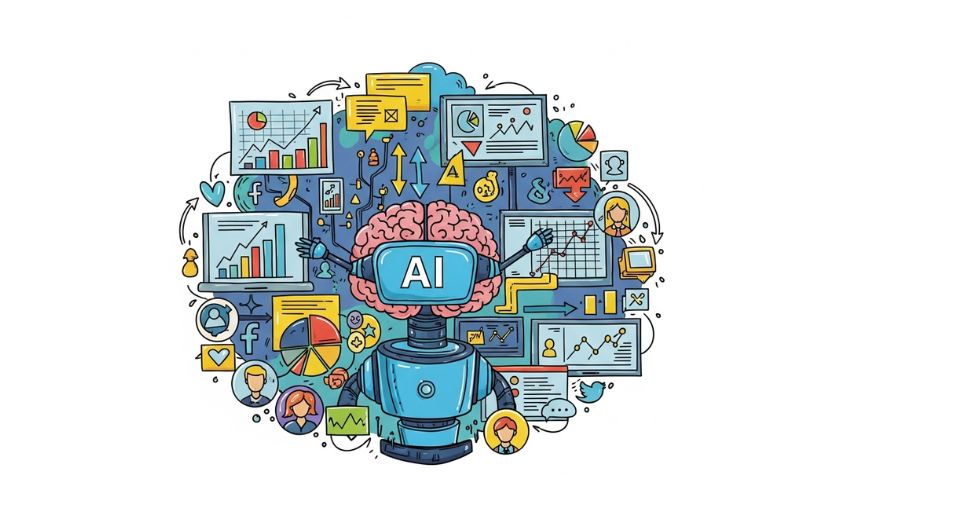
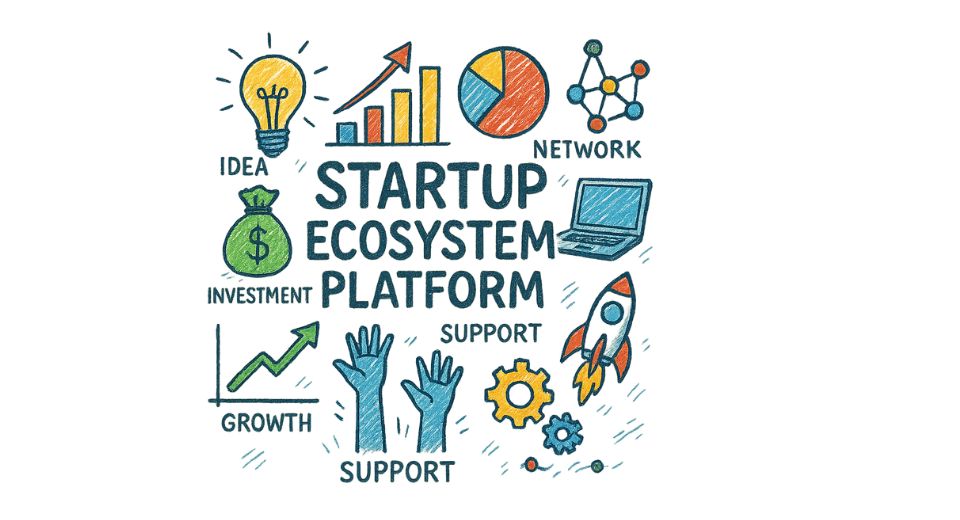

 US: +1 3023308252
US: +1 3023308252






